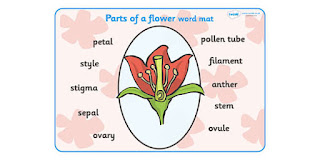Reproduction in plants Cbse science class 7th chapter 12 very short question

Reproduction in plants chapter 12 @ very short answer : 1. Define reproduction ? Ans: The production of new individuals from their parents is known as reproduction 2.write down the names of vegetative part of a plant ? Ans. roots ,stems and leaves are the vegetative part of the plant. 3. Name the reproductive parts of the plant? Ans : flower 4.Define asexual reproduction in plants ? Ans:plant can give rise new plant with out use of seed, this type of reproduction is known as asexual reproduction . 5. Define sexual reproduction in plants ? Ans: new plants obtained from seed , this type of reproduction is known as sexual reproducti...


